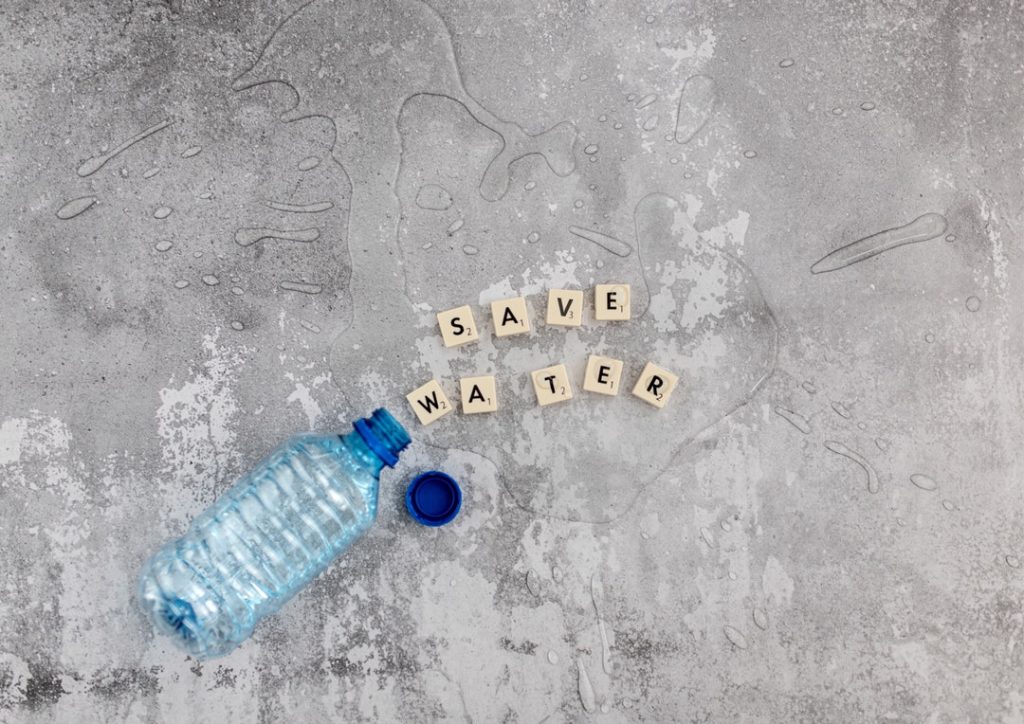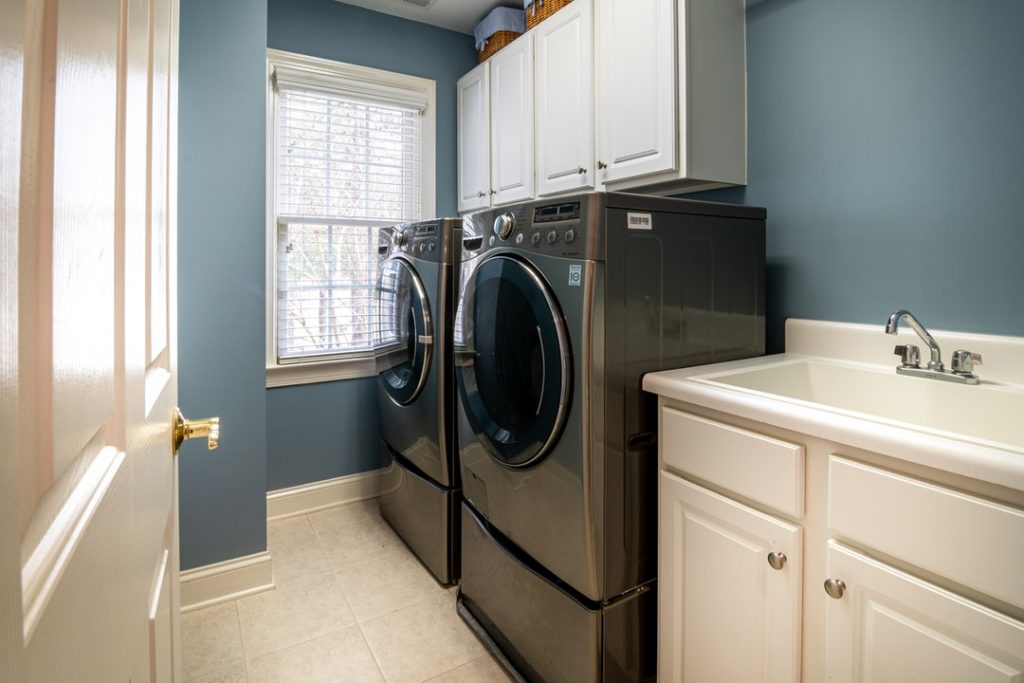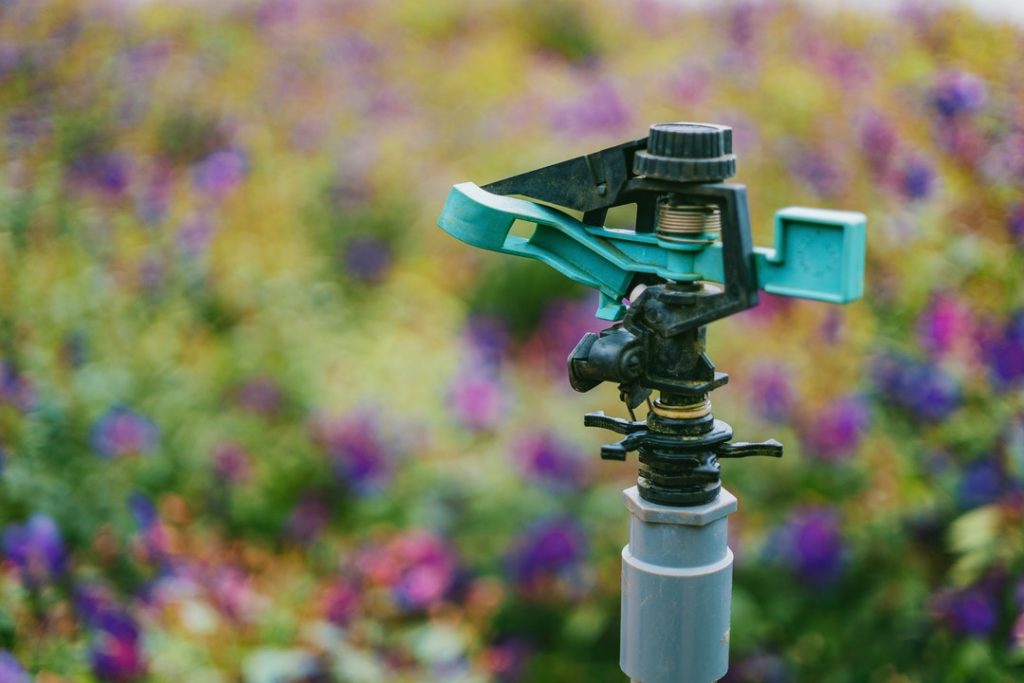Next to the air that we breathe, water is considered to be a highly critical element in terms of life preservation. It is often referred to as a “finite” commodity; this means – in short – that if it is not appropriately managed, shortages may occur. By engaging in the intentional act of conserving water, you are not only aiding in preventing water shortages, but you are also helping our planet. In addition to these highly-rewarding benefits, you will also be able to save quite a bit of money each year. In this comprehensive guide, you will learn a few simple strategies for saving water in and around your home.

Check Your Faucets and Pipes for Damage
Did you know that a very small leak in your faucet or in a pipe in your home’s plumbing can result in water loss equal to that of 50 gallons of water in just a day’s time? While that little bubble of water you see trinkling from around your sink faucet while brushing your teeth, or that little drip, drip, drip occurring near your water hose spout in the backyard may seem innocent enough, it is a real water waster!
Apart from that, you will spend a lot of unnecessary money on your energy costs or your water bill to support that leak each month. Simply take the time to review all your faucets and all of your pipes to ensure that there is no damage. While you are at it, check those outdoor plumbing areas, too – such as your well, spigots, and similar areas. If you find any damage, fix it immediately.
Inspect Your Toilet
If your toilet develops a leak, it could waste a minimum of 100 gallons of water each day. The minimum! If it is severe enough, it could waste HUNDREDS of gallons of water each day! If you want to save water, you must inspect your toilet carefully. First, take a bit of food coloring and place a few drops in the toilet tank. Now, wait. Do not flush. If you notice that the coloring is seeping into the toilet bowl, you have a leak. This should be fixed immediately.
Fill up the Space in Your Toilet Tanks
Take a look at your toilet tank. If you really look at it, you will see that it actually holds quite a bit of water. Now, think about this…each and every single time that you flush your toilet, the water in that tank is expelled and the tank refills.
On average, how many times do you flush your toilet a day? Now, multiply that by the number of people living in your home. When you look at it like this, you can see that this is a real water waster.
To avoid it, simply fill up the space in your toilet tank. You may take a 1-liter bottle and fill it something to weigh it down (such as sand). Then, fill the top part with water. Place it in the toilet tank away from all the operation mechanisms.
You may also put in a brick or any other solid item that will fit. In doing this, your tank will not use as much water in filling during each flush. On average, this will save you approximately 5 gallons of water per day for each person that lives in your home. Is there 4 people in your home? You will save 20 gallons of water every single day!
Install Flow Restriction Mechanisms or Efficient Shower Heads
If you shower frequently, it is essential that you install flow restriction mechanisms or efficient shower heads on the shower or showers throughout your home. In most instances, showers dispel anywhere from five to ten gallons of water during each minute of use. This is a lot of water! If you install this type of hardware on your shower head/(s), the flow will rank in at a rate of about three gallons per minute. These devices help in saving anywhere from two to seven gallons of water each minute of use. If you are really serious about water conservation, take a bath in a partially filled bathtub instead of a shower. You will save even more water!
Do Not Allow Water to Run Continuously
Though we do not realize it, most of us allow water to run continuously in certain circumstances. Examples of such wasteful use includes water left running while brushing the teeth, water running while shaving, running water to wash food items instead of filling a bowl, water running while washing and rinsing dishes, unnecessary lawn watering, rinsing sidewalks when they may be swept, or even running the hose while washing the car.
Simply make it a point NOT to allow any type of water to run on a continual basis.
Run water in and around the home only when it is absolutely necessary. This will save – potentially -thousands of gallons of water weekly, monthly, and/or yearly.

Full Loads Only
If you are reading this, the chances are quite high that you have either an automatic dishwasher or an automatic washing machine. If you are one of the lucky ones out there, you may have both. You should know that -on average – a dishwasher will go through 25 gallons of water per cycle and a washing machine will go through up to about 35 gallons of water.
If you must use these appliances, only use them when you have a completely full load. Otherwise, you will waste quite a bit of money. Not only will it increase your energy bill, but it will also increase your water bill. If you have a well for your water, you will also put wear and tear on the unit by using it too often. Plus, you may find that your septic tank fills up faster, which loads to a whole batch of other problems.
Drought-Resistant Plants and Trees
If you are like most, chances are, you enjoy planting and grow a wide assortment of plants and trees throughout your property. You should focus on placing those that are considered to be resistant to drought. That is, they do not require irrigation to grow and thrive. Once you plant them, you may put a layer of mulch around them. Mulch is beneficial because of the fact that it actually slows the process of evaporation. This means that your plants and trees will not lose the water that they do retain as quickly. Not only will you have beautiful plants and trees in your yard, you can save a lot of time, energy, money, AND water by following these simple steps.

Watering Your Lawn
While it is true that there are occasions where you must water your lawn, it is not as often as many believe. Simply step on the grass. If it bounces back up once you move your foot away, it is not in need of water. If it is in need, you should water enough so that the moisture reaches the roots. Also, always make sure you water during the coolest part of the day. This helps prevent water loss through evaporation and also aids in preventing the development of fungus. Early morning hours is the best time.
Let Us Help
If you are in search of ways to save money on water and to successfully play a positive role in the environment through water conservation, we here at Reynolds Plumbing can assist you! Our skills, knowledge, and amazing service will have your plumbing and septic system running optimally, and you well on your way to saving a tremendous amount of time and money. For more information, you may contact us today by calling: 765-966-0994

